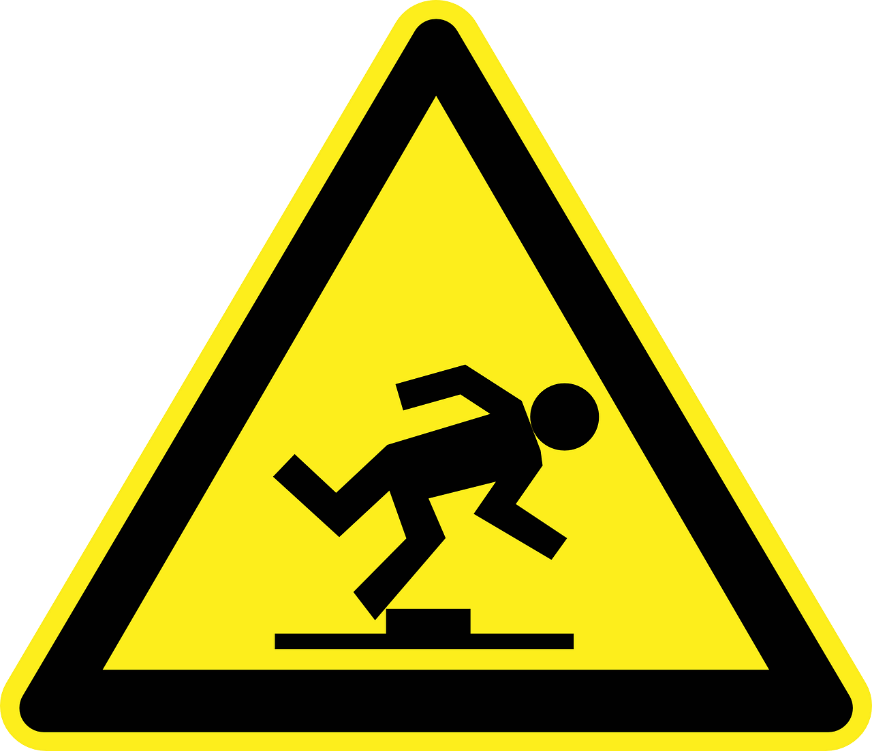
We’ve all heard stories of a person who falls and breaks a hip — and how things go downhill from there.
As we age, or deal with cancer or other medical conditions, our ability to balance can diminish, and combined with an increased risk of weakened bones, this can be a recipe for disability.
But can we prevent — or at least decrease our risk — of falls and associated fractures?
Absolutely.
What Affects our Ability to Balance?
According to Kathleen Cullen, a McGill University professor of physiology, in order to maintain balance, the brain — specifically the cerebellum — coordinates information from three systems:
- the vestibular (inner ears)
- proprioception (awareness of position and relative location, particularly with respect to the feet and joints)
- the visual — the system on which are most likely to over rely
Being over age 40, as well as certain medical conditions, can negatively affect all of these balance systems.
Peripheral neuropathy, a nerve condition and common side effect of cancer treatment or diabetes, can especially affect walking and balance. Chemo-induced peripheral neuropathy is a common side effect of certain cancer treatments, and the condition alters sensory input in the lower extremities.
As we lose confidence in our balance, we often become more sedentary, which causes a snow ball effect, reducing our ability to process sensory input and increasing the likelihood of falls.
12 Tips for Reducing the Risk for Falls and Fractures
See the following are suggestions to improve balance and decrease fall risk:
- Check with your doctor about any medications you are on, or any medical conditions that could increase your fall risk.
- Wear appropriate vision-correction and take off your readers when you are walking around, especially on stairs.
- Be careful with using alcohol, which can affect balance and also contribute to the development of osteoporosis.
- Clear your pathways, removing hazards and loose rugs. Mop up spills right away. Keep your bathroom safe with good bath and shower mats.
- Use a wall, handle or other support as needed when walking or balancing. But be aware of your use reliance on these as a measure for possibly needing greater intervention with your balance issues.
- Try not to carry things when you are walking, especially on a slippery surface. Keep your hands free, your knees soft, and, without hunching, keep your core gently engaged — it is the center of balance.
- If you do fall, falling forward or back is less likely than side falling to cause a hip fracture. Try to break your fall by grabbing something for support. Hip protectors are available for people at high risk of a hip fracture.
- Wear good footwear and avoid walking in stocking feet and floppy slippers. Some traction on shoes is good but make sure it is not too much — your feet could stick and send you careening. Watch for long robes, skirts and pant legs that could trip you.
- Stay active and practice activities that help with balance, strength, coordination and flexibility, such as yoga, Tai Chi and walking.
- Be very mindful when walking or moving, as well as when transitioning in or out of positions. Pay attention to what you are doing in the moment.
- Practice balance and proprioception. When you are in a safe position and place, practice moving in space, and only if you are comfortable and have good support nearby, then try balancing with your eyes shut. Balance improves with practice.
- Practice good health measures when it comes to your bones…reducing fall risk is only one part of preventing fractures.













